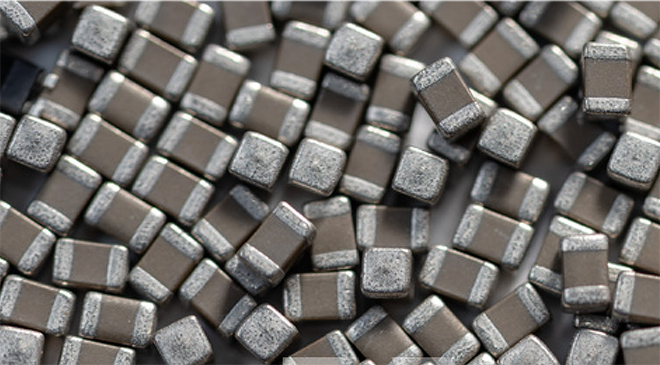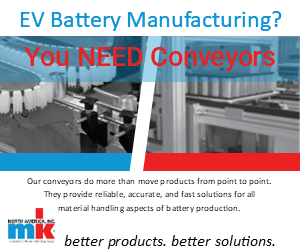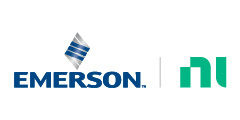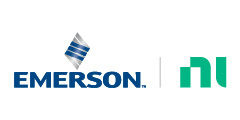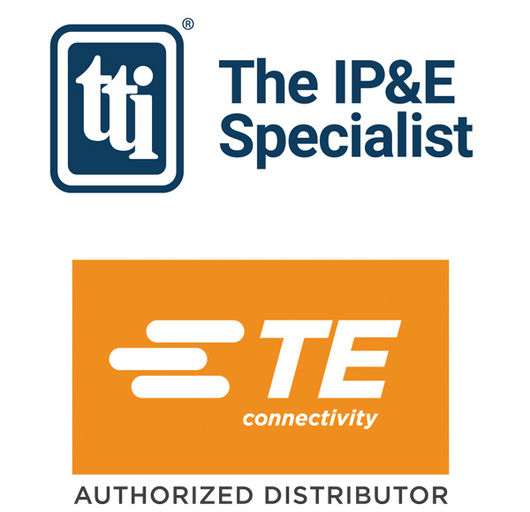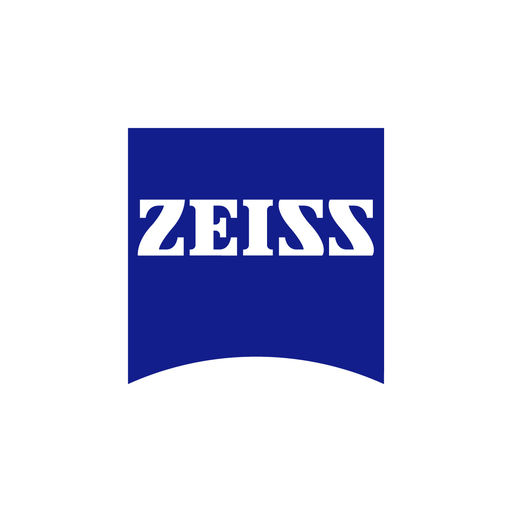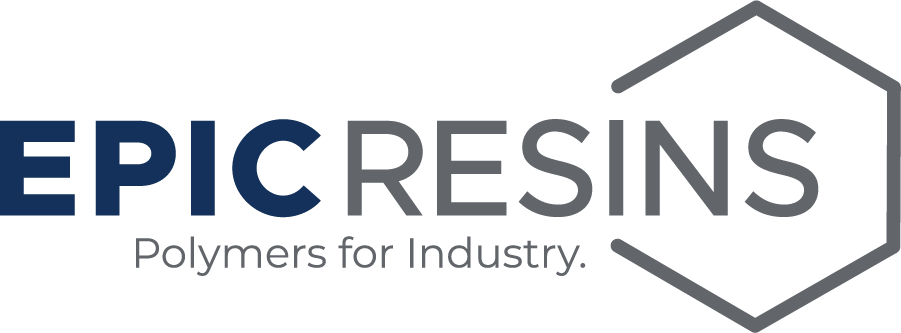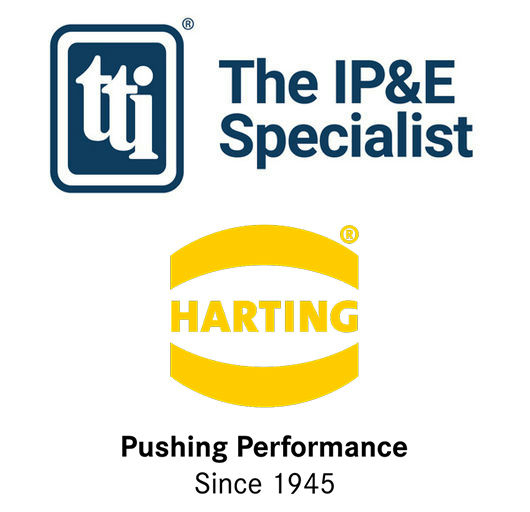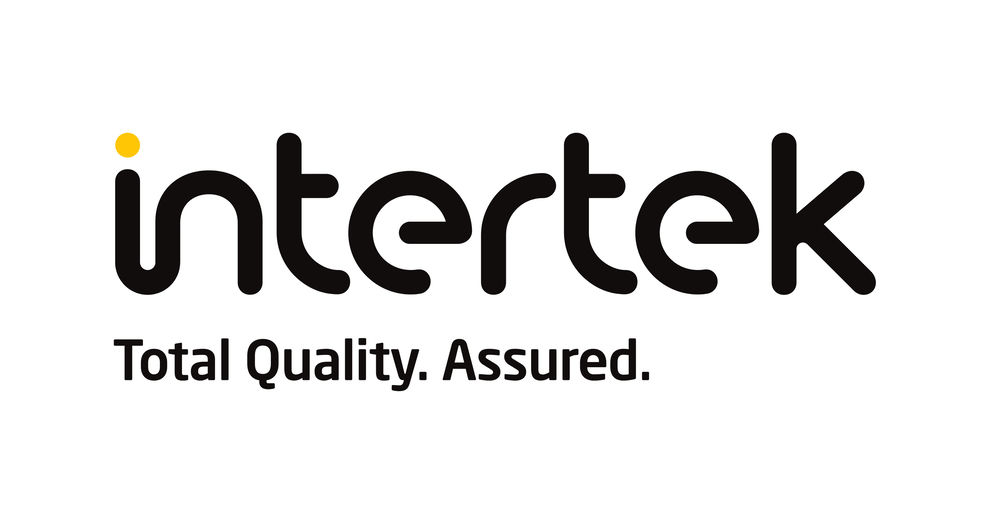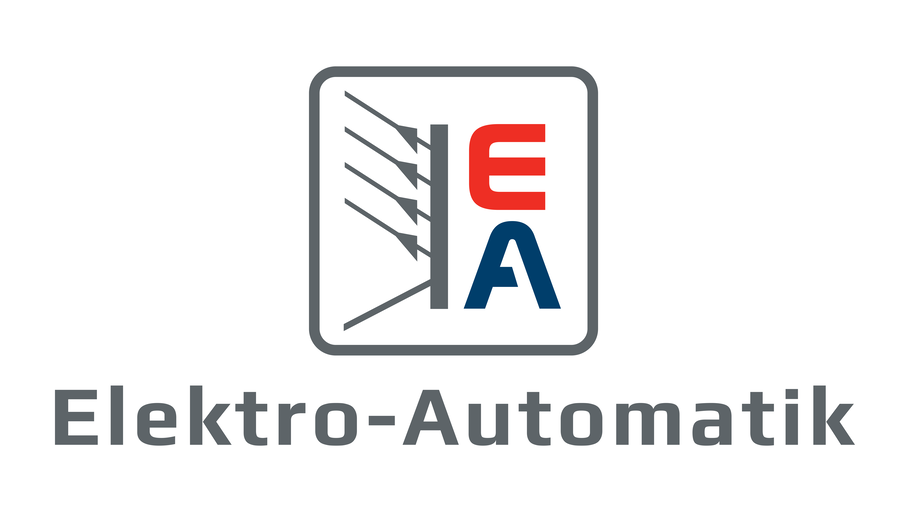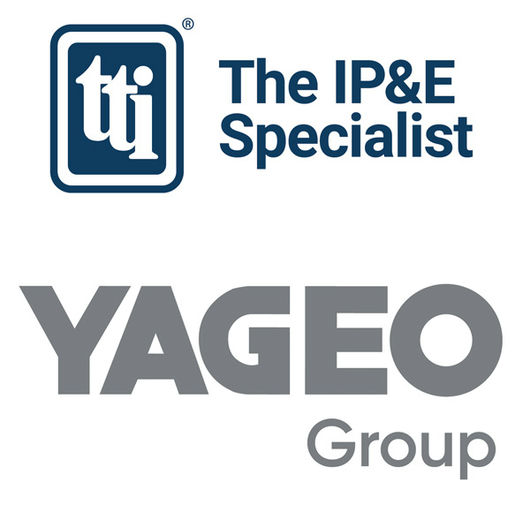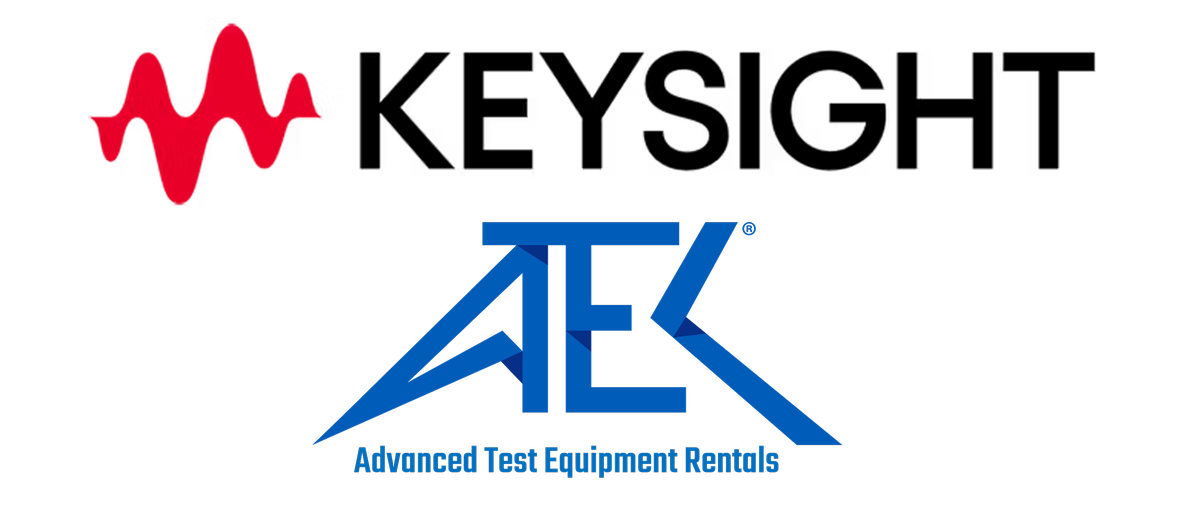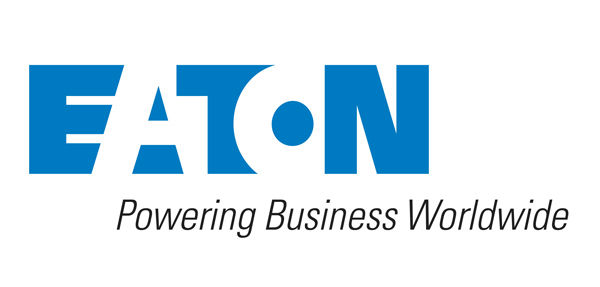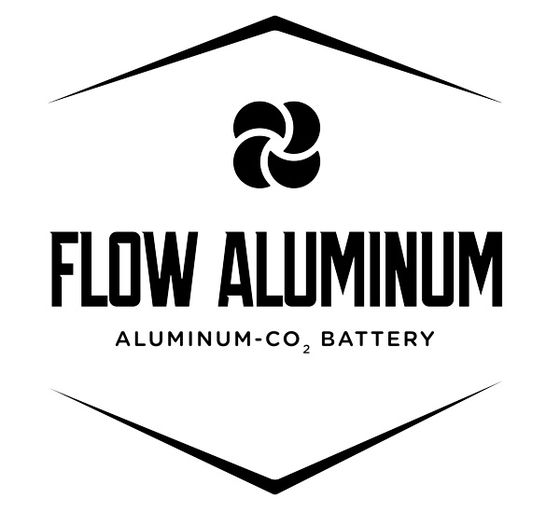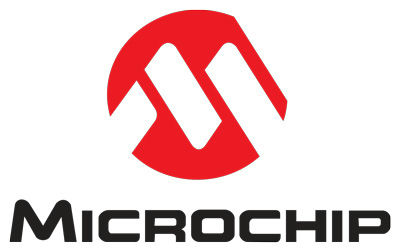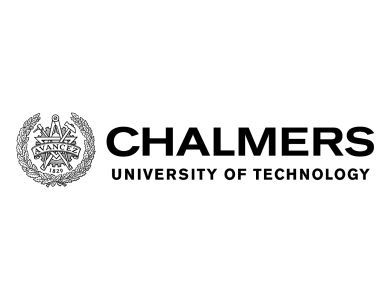Sponsored by Knowles Precision Devices
Today’s advancements in power electronics are reaching all-new highs in performance. In the quest for increasing efficiency and power density of converters and inverters, manufacturers are looking to use WBG semiconductors, such as gallium nitride (GaN) and silicon carbide (SiC), for making metal-oxide semiconductor field-effect transistors (MOSFETs), metal-semiconductor field-effect transistors (MESFETs) and other devices. These materials are capable of operating at faster switching frequencies – and therefore greater current and power – compared to traditional silicon-based materials. Their higher temperature rating also allows the semiconductors to be used in harsher environments found in electric vehicles, aerospace, energy production, and test equipment.
However, improvements in semiconductor technology have a trickle-down effect that impact other crucial components in DC link buses and other power circuits. Fast switching in a tiny form factor means the devices run “hot” with high temperatures and high voltages. Unless the passive components around them (like DC link and snubber capacitors) are able to operate temperatures up to 125°C, engineers will be forced to design supplemental cooling systems that ultimately add complexity, weight, and cost to the power modules.
In the past, large film capacitors were used because of their high current ratings and improved reliability, but they are unfeasible with WBG semiconductors because of melting under increased temperatures. Traditional ceramic capacitors, such as X7R Class II types, can operate under high heat, but they don’t display optimal capacitance values at high voltages. What alternatives exist today that can meet these new requirements, and how do their characteristics compare with traditional capacitor options?
In recent years, manufacturers have come out with two capacitor technologies – lead lanthanum zirconate titanate (PLZT) and strontium bismuth ferrum titanate (SBFT) dielectrics – that are designed to meet the high voltage, high temperature needs in the power electronics industry. Read the full whitepaper to view the performance analysis on the effects of DC voltage bias and AC current on capacitance value and temperature rise for multilayer ceramic capacitors (MLCCs) using SBFT, PLZT, and traditional X7R materials.
Download the free whitepaper:
Comparing High-Temperature Capacitors for DC Link Buses




